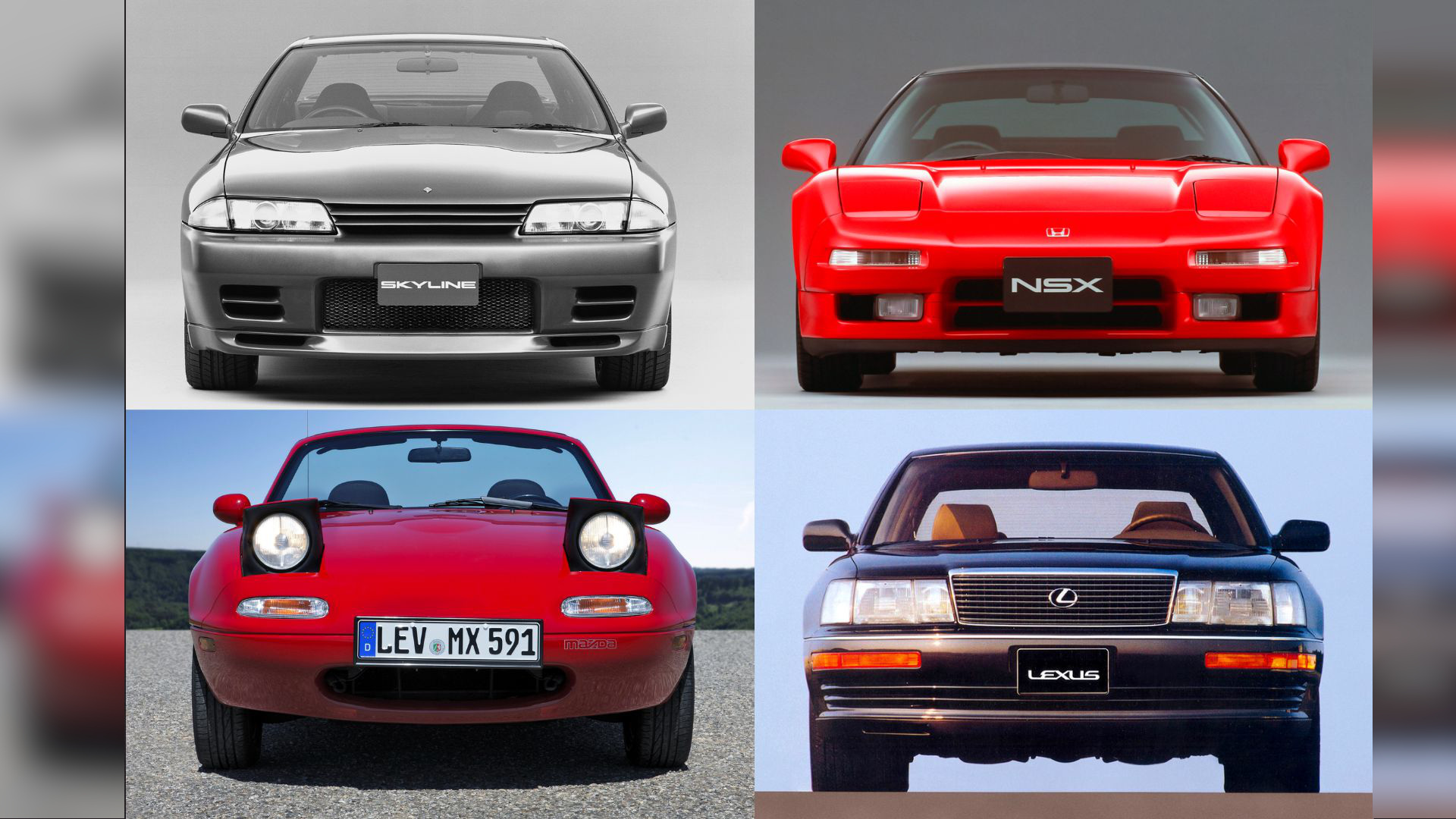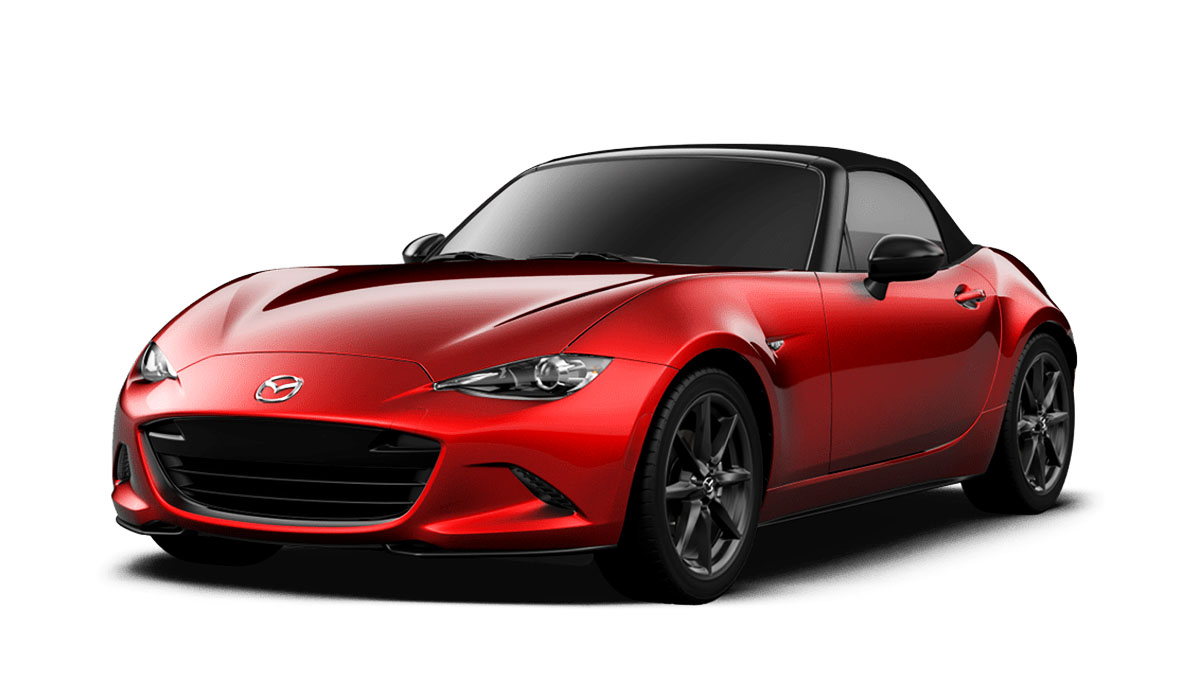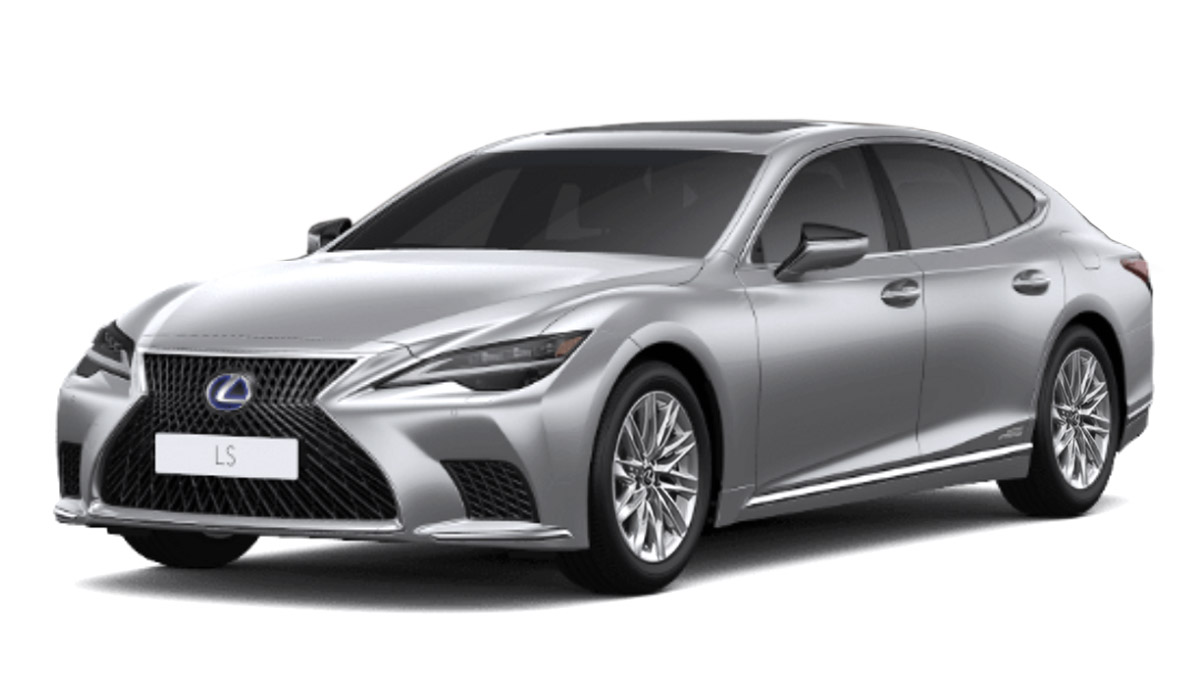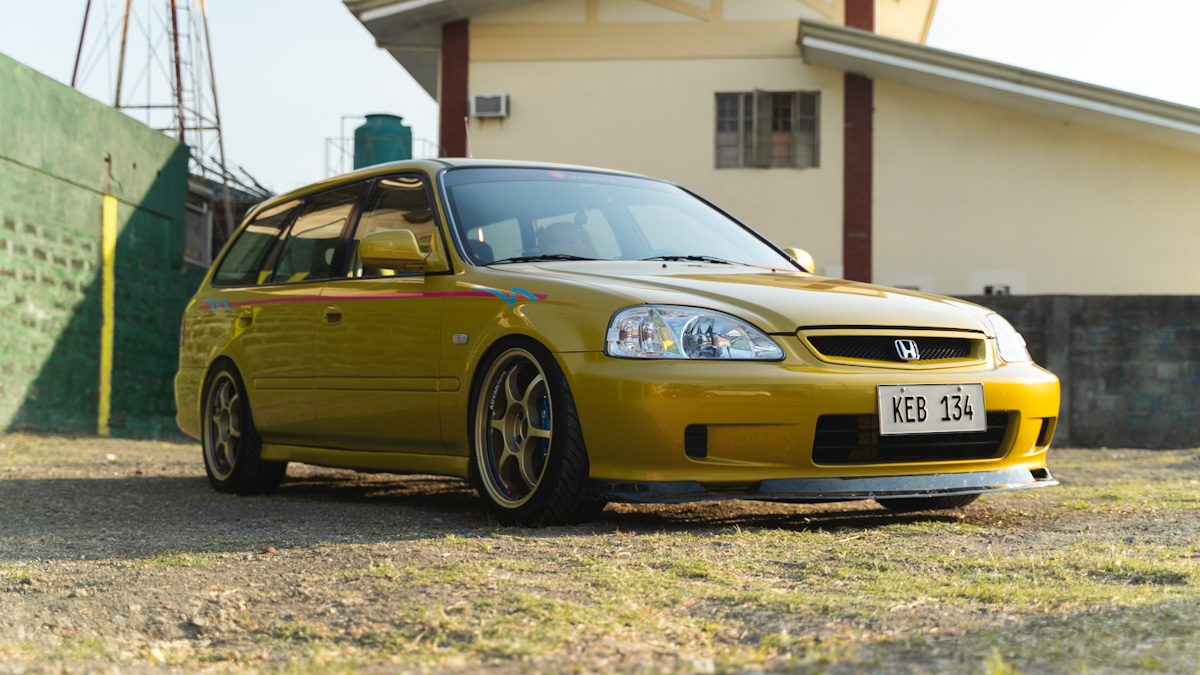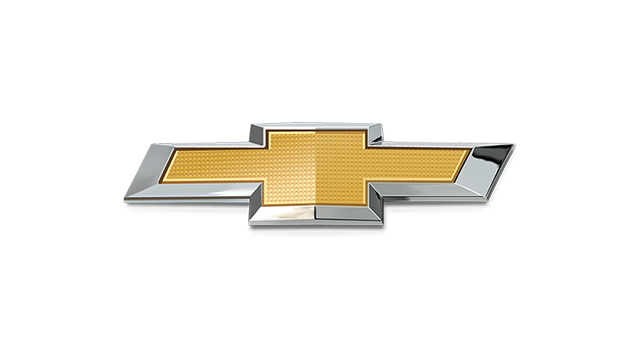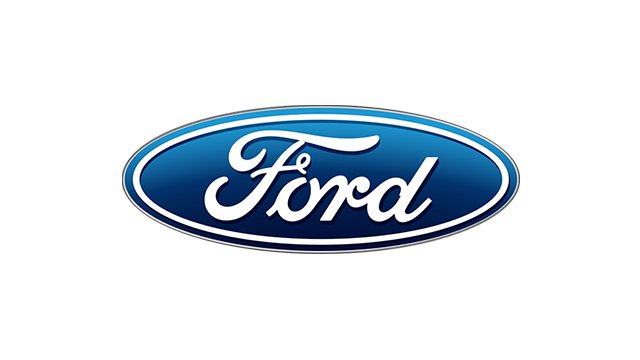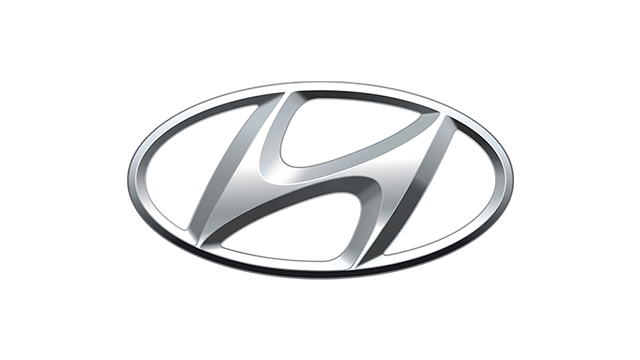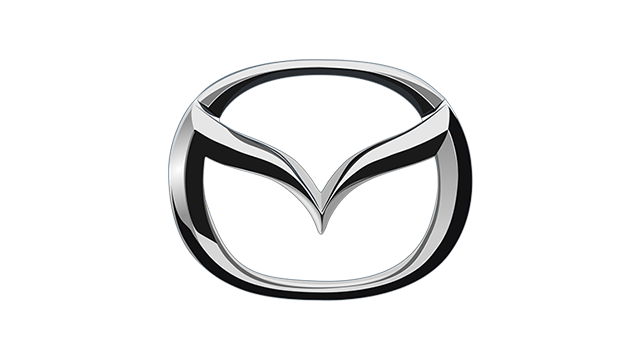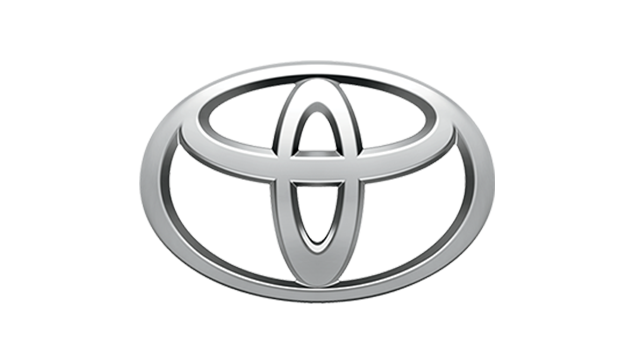1989 saw some of the biggest world events that changed the course of history. The Cold War had ended, the Tiananmen Square protests raged on for months, and Billy Joel’s abridged history lesson song, We Didn’t Start The Fire, was released. Okay, that last reference is a very tito one.
That same year, Japan rolled out some of the most iconic and significant cars to ever come out of The Land of the Rising Sun. Japan was riding high on a wave of economic growth and the cars it launched reflected that. We saw sports cars, supercars, and luxury sedans that have left a lasting impact and legacy in the automotive scene.
So, if you were born in ’89, you have the same birth year as these JDM legends. Kids, it’s time for a quick history lesson.
OTHER STORIES YOU MIGHT HAVE MISSED:
The JMC Grand Avenue will have four variants and a P1.221-M starting price
There’s a certain elegance to the Ferrari Roma Spider that feels unmatched
Acura/Honda NSX (NA1)
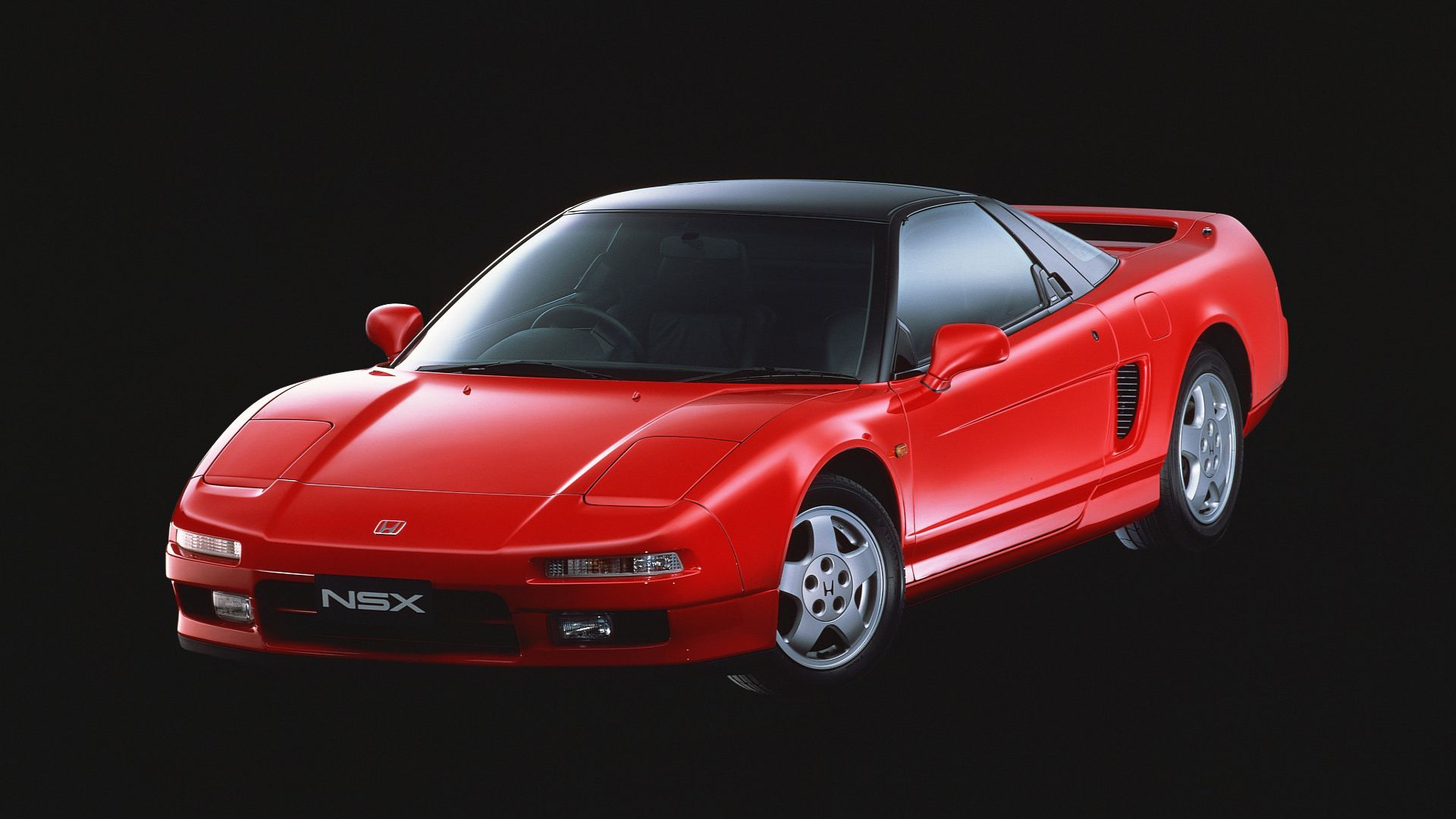
The idea of an everyday supercar was practically unimaginable back in the day. Sure, there was the Porsche 959, but that one cost a serious amount of money. For the most part, it was accepted that supercars were simply too compromised to ever be considered friendly to drive. But everything changed when Honda pulled the covers off the NSX.
At the time, Japan had yet to produce something that can go toe to toe against Ferraris and Porsches. Yet here is Honda, a company known for sensible family cars and fizzy little hatchbacks, butting heads with some of Germany and Italy’s finest.
Contemporary road testers praised it for its beautifully balanced handling, howling 3.0-liter (later, 3.2-liter) V6 engine with VTEC, and exotic styling, all while maintaining Honda hallmarks such as sensible ergonomics and light controls. Because of the NSX, Ferrari and all the other sports and supercar makers had to step up their game.
Lexus LS400 (UCF10)
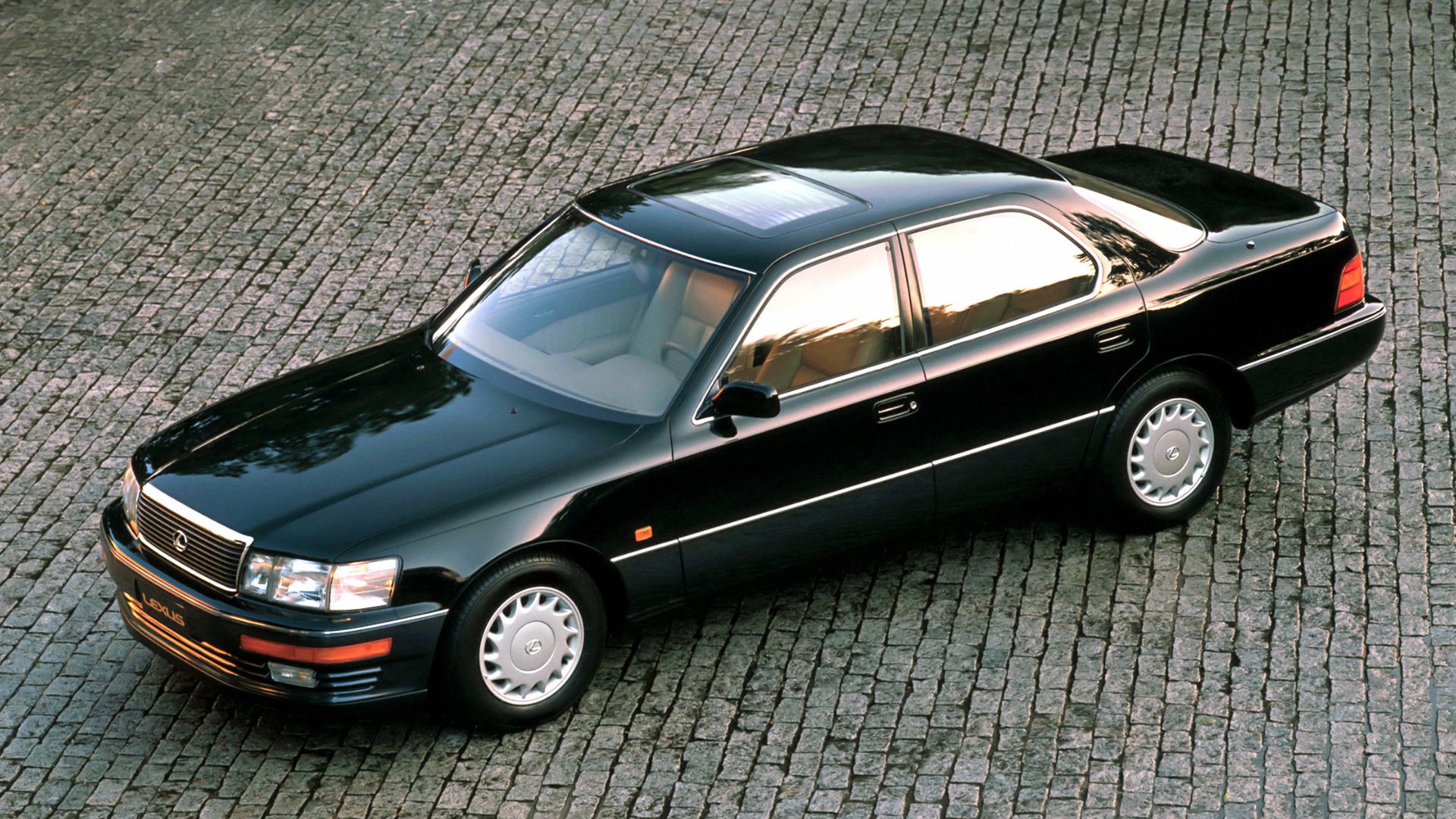
By the ‘80s, if you wanted a large luxury sedan, the default answer was, for the most part, European. There was the Audi V8, BMW 7-Series, Jaguar XJ, and the daddy of all European luxury barges, the Mercedes-Benz S-Class. If you were wealthy or in a position of power, those were the ones to get. And then came Lexus.
Mercedes-Benz’s motto was ‘engineered like no other car in the world’. Toyota took that personally and developed the LS400 to near-OCD levels of attention to details. Not only did it have to be plush, it also needed to be just as refined and just as good to drive as its European rivals. The result was a car that beat the Europeans at their own game at a fraction of the price.
It was so good and well priced to a point that BMW accused Lexus of ‘dumping’, a practice wherein a product is priced way below its real value. Not only that, Mercedes-Benz lost a huge chunk of its market share in the US, all because of LS. Not only did the Lexus LS shake up the establishment, it forced them change tactics.
Mazda MX-5 (NA)
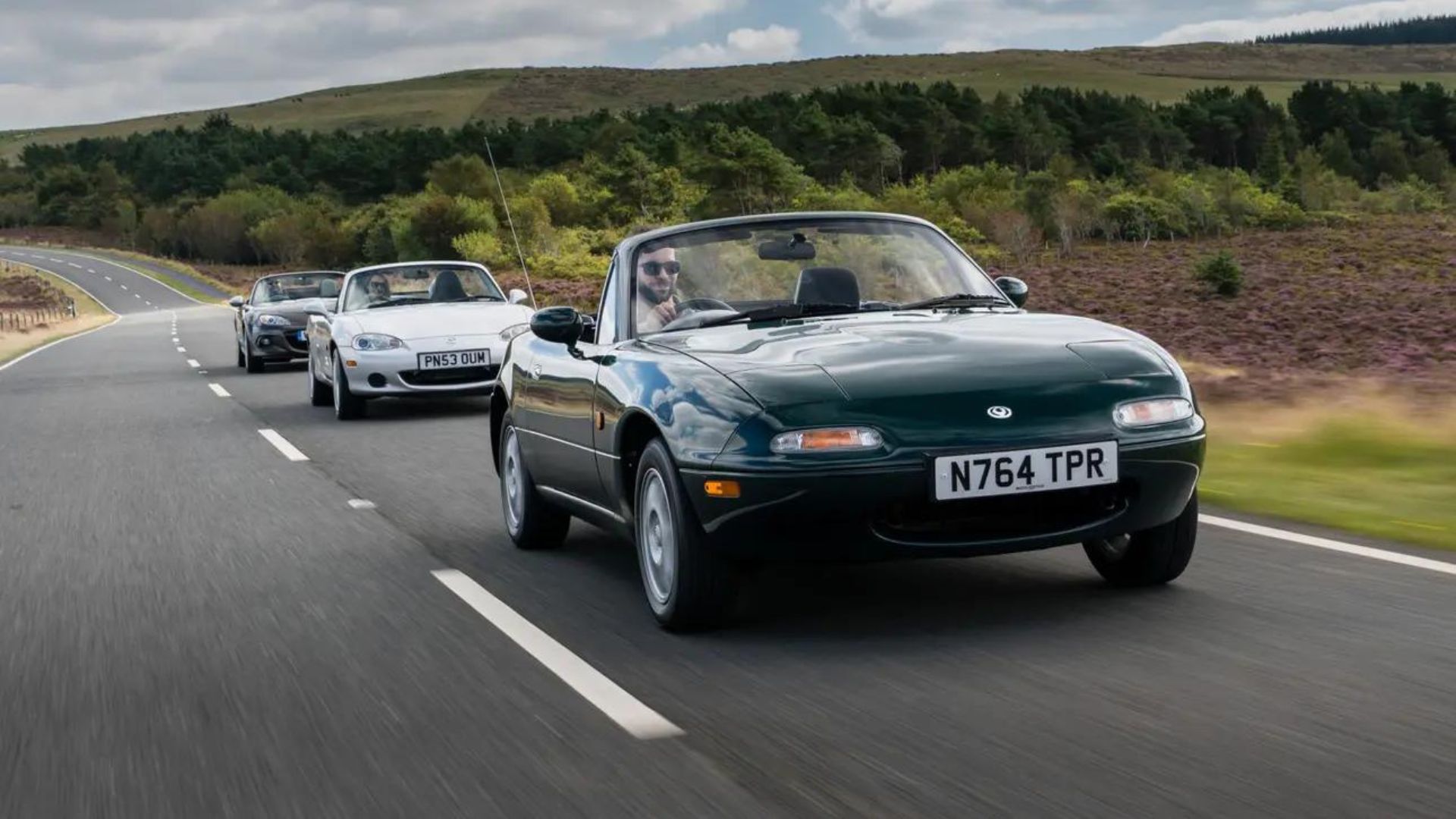
Japan was awash with sports coupes in the ‘80s, practically inventing the sport compact genre. But there was one kind of sports car still missing, a lightweight and affordable roadster. By that time, the British roadster was practically extinct, and the only model that somewhat fit that description was the aging Alfa Romeo Spider. The response to that hailed from Japan in the form of the Mazda MX-5.
You can thank American motoring journalist Bob Hall for the creation of the MX-5. Hall, who was working for Motor Trend at the time, was asked by Mazda executives what kind of car it should make in the future. and his answer would change Mazda’s history forever. Hall suggested that someone should build a lightweight and inexpensive roadster like what the British did. Kenichi Yamamoto, who would later become president of Mazda, listened to that advice.
Granted, it was a massive gamble for Mazda as it wasn’t exactly one of Japan’s big three. It’s safe to say it paid off as the MX-5 would be a massive success for the company. Not only was it a smash hit across the globe, it revived the idea of inexpensive lightweight roadster. Today, the MX-5 is the world’s best-selling two-seater sports car of all time.
Nissan Skyline GT-R (R32)
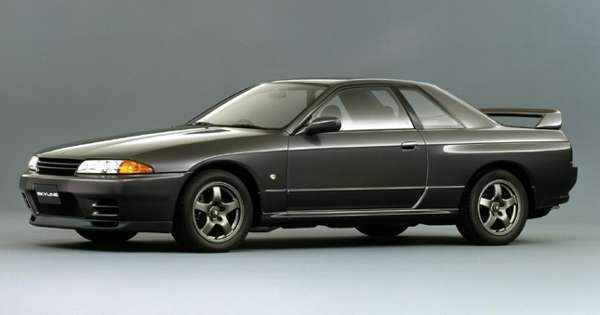
The ‘80s saw massive advancements in the field of technology. In the automotive world, that meant more high-tech features previously unseen before. Nissan made use of all the tech it could get that time to create one of the most iconic JDM legends and dominant race cars of all time. Enter, the R32 Skyline GT-R.
Prior to the R32, the GT-R name had been sitting idle for 16 years. So, why did Nissan bring it back? Simply put, it wanted to build a race car for Group A class touring car racing. To do that, the company needed to build 5,000 road-going versions of the car it wants to race. Not only that, the showroom version had to come with the changes made to the race car to be made eligible.
That’s the reason why the car existed in the first place and why it has that highly advanced all-wheel drive system and twin-turbocharged straight-six engine. Nissan’s goal with the R32 GT-R was to dominate the All Japan Touring Car Championship. That’s exactly what the company achieved the moment it hit Japanese race tracks. From 1990 to 1993, nothing could touch it, winning the title four seasons in a row.
Turbocharged Ford Sierras struggled to get close to the GT-R on the straights and were left for dead in the corners. It reached a point where Ford left the series meaning the only thing the GT-Rs would chase were, um, other GT-Rs. It left a mark in Australian motorsports too, winning the 1992 Bathurst 1000. Meanwhile, the stock version became the fastest production car to lap the demanding Nürburgring Nordschleife, further centering its legacy.
Impact and legacy
35 years have passed since these legends rolled out of the factory gates. It’s also been well over 20 years since their respective generations have ceased production. Nonetheless, the impact these cars have left in the industry are indelible.
The Honda NSX’s legacy is improving the supercar genre, while the LS400’s success laid the foundations for what Lexus is today. The Mazda MX-5 remains the definitive lightweight roadster with all of its initial competitors no longer around. As for the GT-R, it’s still around today with the concept of the R32 amped up to 11.
Had the GT-R, LS400, MX-5, and NSX not existed, one can say that the Japanese automotive landscape would be very different today. It’s all the more reason why we’re glad Honda, Lexus, Mazda, and Nissan made these cars.
